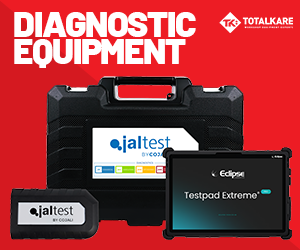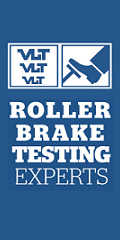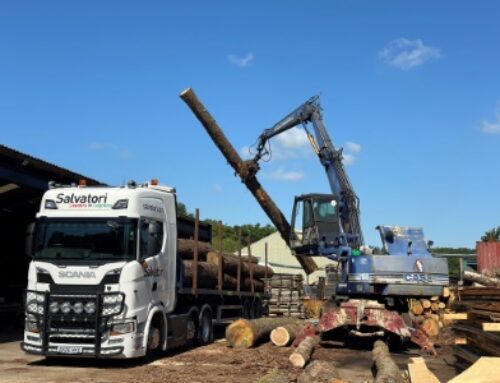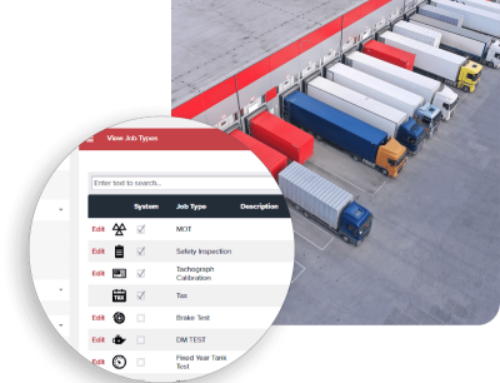Samsara: smart tachos are more than compliance tools
The latest generation of smart tachographs are a million miles away from the clunky units that first started appearing in lorry cabs half a century ago, says Philip van der Wilt, SVP & GM EMEA at fleet management platform Samsara.
“Fast forward to today and those analogue systems have been replaced with GPS-enabled digital recorders that automatically track driving hours, rest periods and locations, helping to make compliance around drivers’ hours much simpler,” he said.
“Tachographs were one of the first safety systems developed to monitor driver hours and reduce fatigue-related accidents. But the journey of tachograph technology – from mechanical devices to smart systems – reflects a much bigger industry trend towards digital transformation not just in the cab, but across whole fleets.”
Thanks to today’s connected operations platforms, tachograph information no longer sits in isolation, Philip points out.
“When driver hours are combined with telematics, dash cam footage, safety alerts and vehicle diagnostics, it provides a complete real-time picture of what’s happening both in the cab and across the fleet.
“Instead of being able to tick a box, this digital approach enables managers to spot risks before they become infringements, link safety directly to efficiency, and use data to build trust with drivers, insurers and regulators alike.
“In other words, tachographs stop being just about regulation and, instead, they become part of a wider ecosystem where good safety is good business.”
He cites the example of leading waste management business Countrystyle Recycling.
“When they invested in Samsara’s Connected Operation Platform, they saw tachograph infringements slashed by 34 per cent,” said Philip.
“But this was just the start of their journey. As part of an unswerving focus on safety across the business, they saw an 85 per cent reduction in mobile phone usage and a 93 per cent reduction in seatbelt alerts.
“At the same time, driver safety scores improved from an average of 76/100 up to 92/100, all of which combined to help cut the number of insurance claims by 21.6 per cent.”
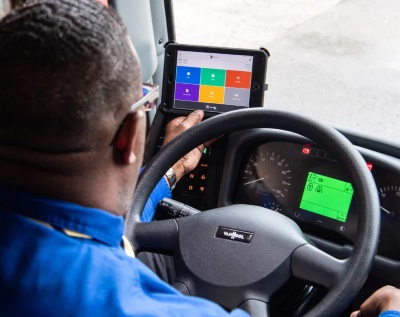 Countrystyle Recycling’s results show how compliance data can become something much more powerful when it is connected and visible in real time, says Philip.
Countrystyle Recycling’s results show how compliance data can become something much more powerful when it is connected and visible in real time, says Philip.
“What started life as a way to ensure compliance has become a tool for understanding driver behaviour, predicting risks before they escalate and making informed decisions that improve safety and efficiency across the business.
“Data that once lived in a tachograph chart is now helping to drive a culture of insight-led fleet management. That is where the real opportunity lies in using that data to drive change.”
He highlights a survey of 500 professional UK drivers conducted by Samsara last year and reported by Transport Operator, which found that more than half (55 per cent) of commercial drivers surveyed believe that digital tachographs have a positive impact when they’re on the road, with only six per cent feeling negatively about using a tachograph in their vehicle.
The same survey also found that when it comes to safety, professional drivers are enthusiastic about technology. Nearly eight in ten (78 per cent) are in favour of safety alerts and crash detection systems (76 per cent), while two-thirds (66 per cent) are upbeat about outward-facing dashcams.
“In other words, not only are drivers on board with this technology, they understand its value as part of wider safety remit,” said Philip.
“This is important for fleets weighing up whether to upgrade their tachographs or looking to take their first steps into digital fleet management. For them, the real question lies in whether they simply want to meet regulatory responsibility or unlock the wider benefits of connected data.”





